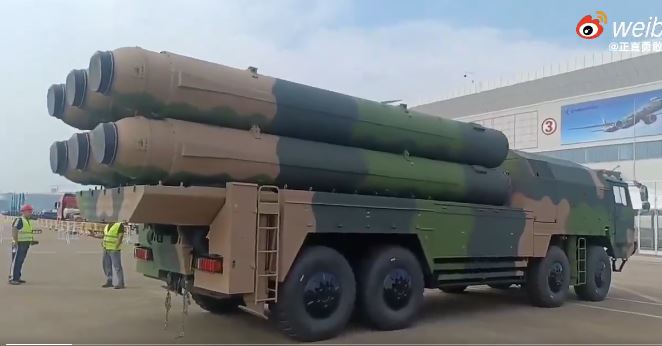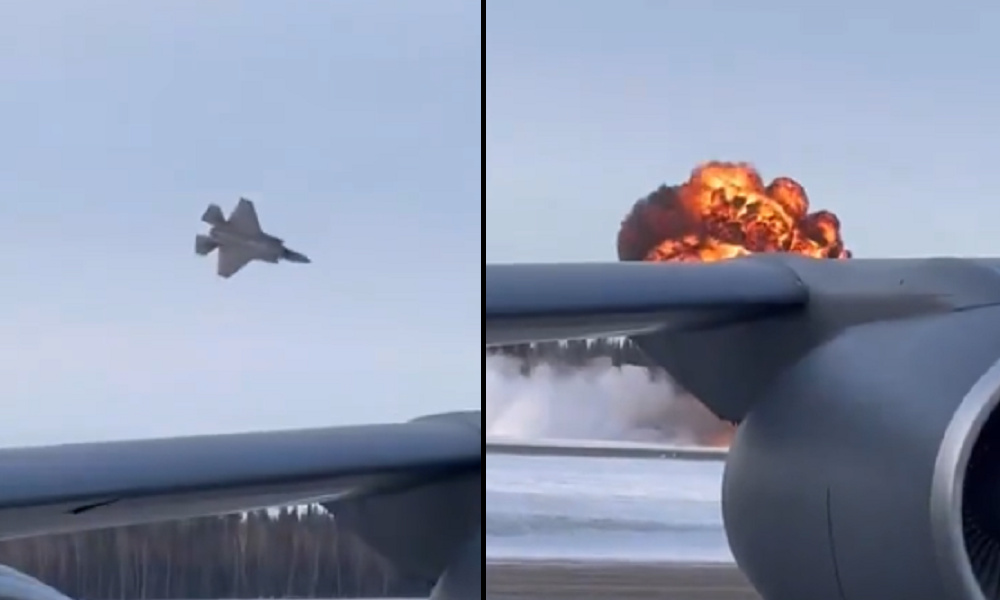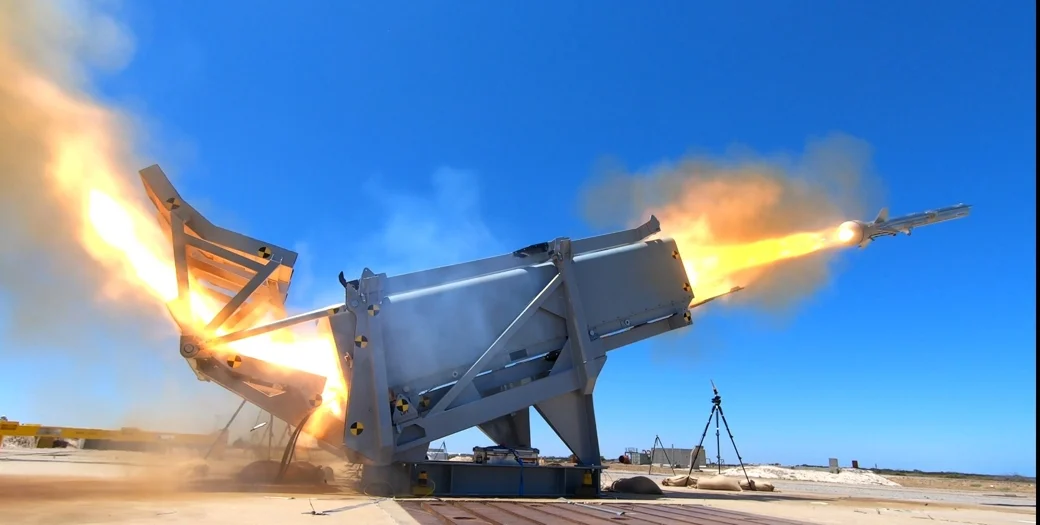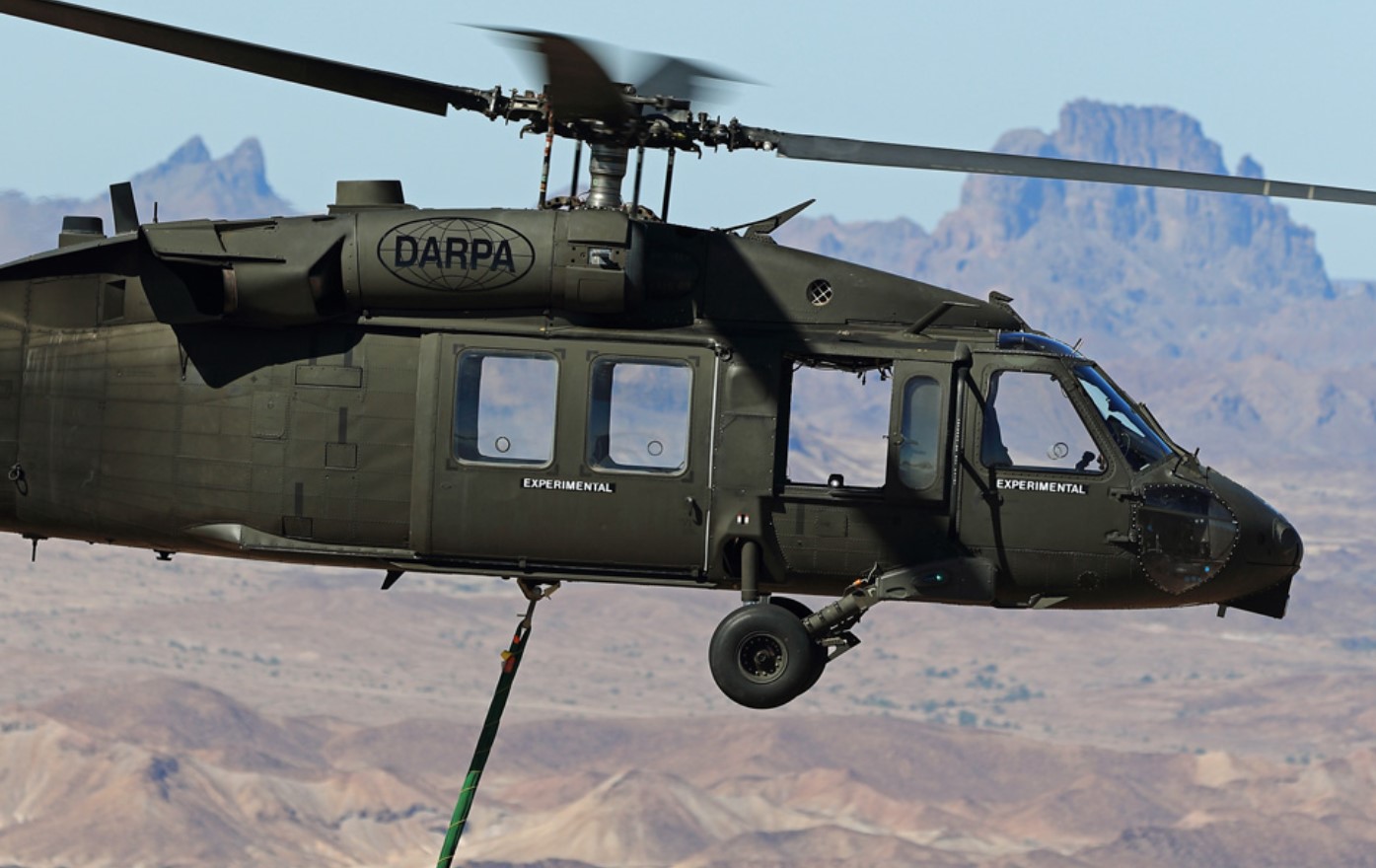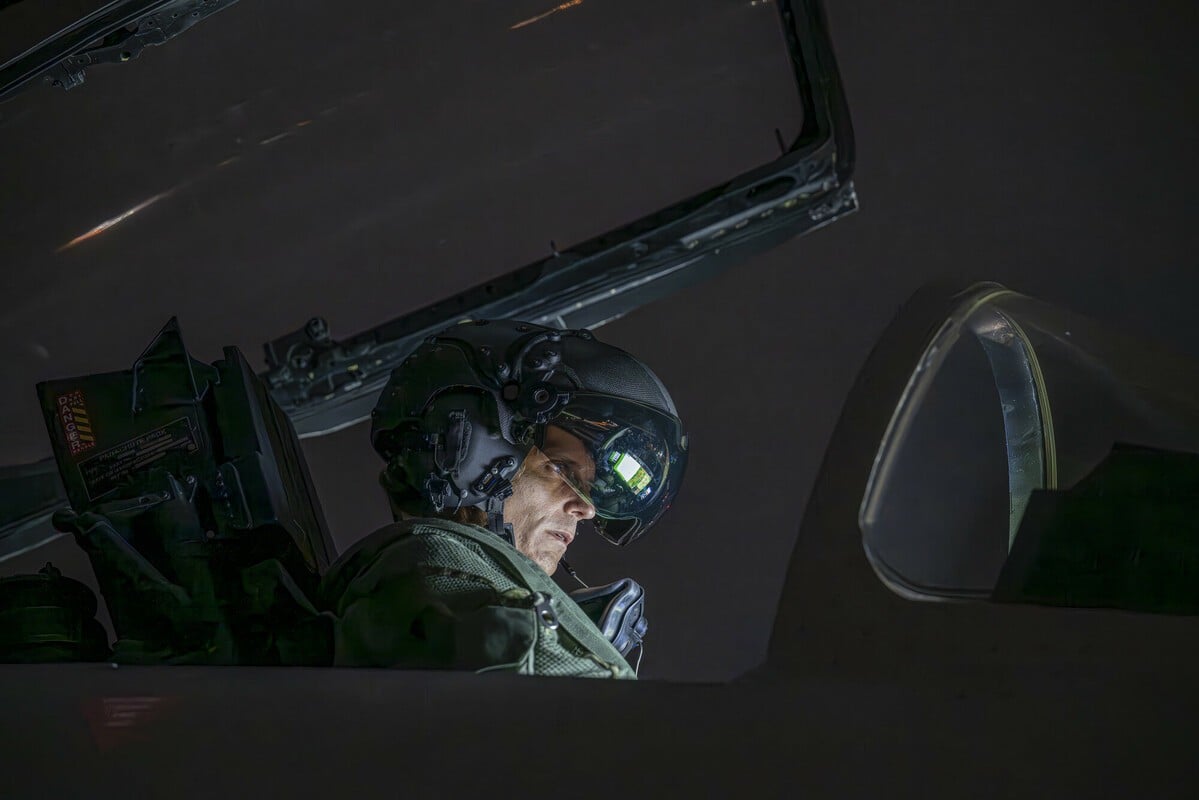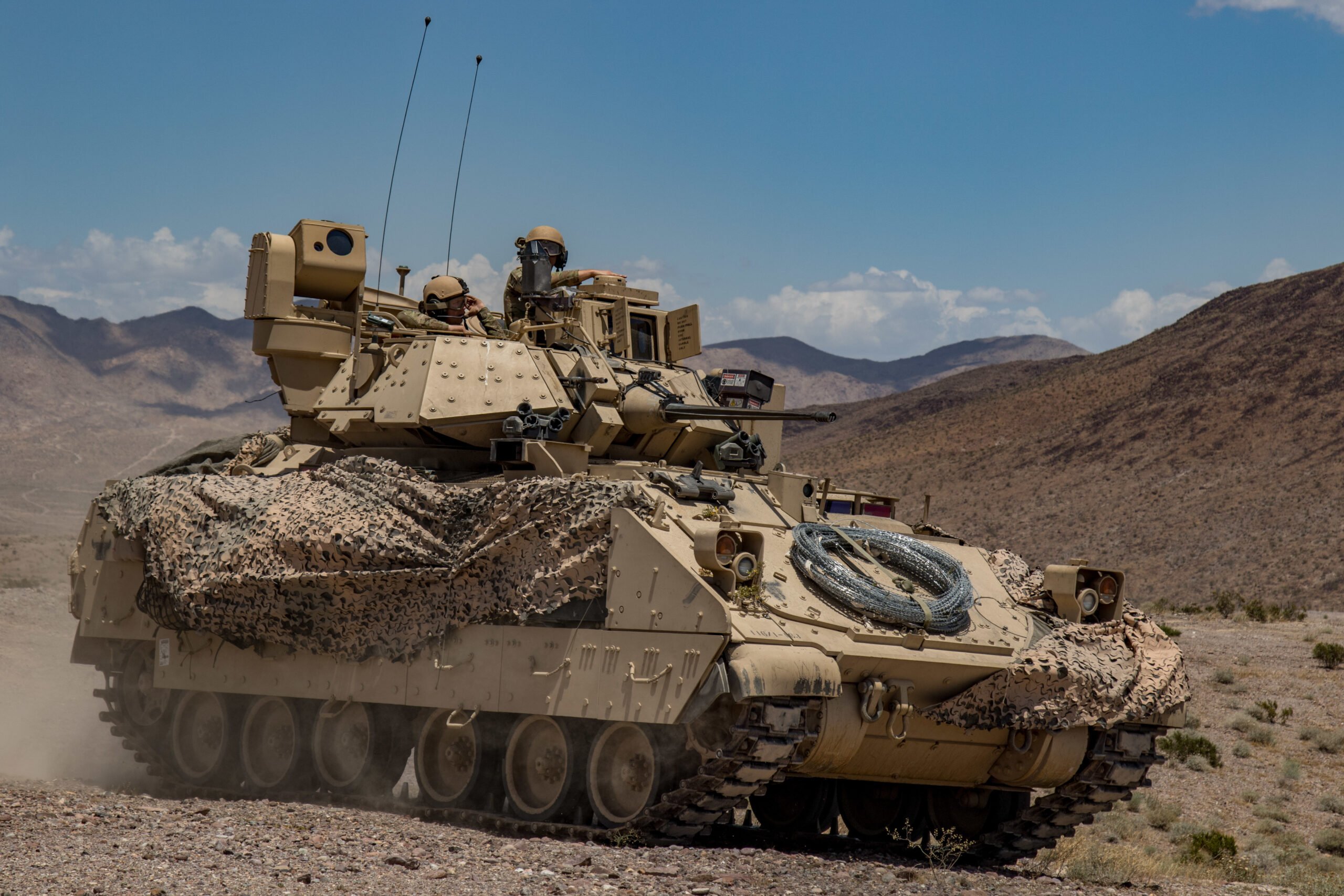China is poised to showcase its Hongqi-19 (HQ-19) missile defense system at the highly anticipated Zhuhai Airshow 2024 this week. The HQ-19 is designed as a robust ballistic missile defense platform and has often been compared to the United States’ Terminal High Altitude Area Defense (THAAD) system. Capable of intercepting missiles both in exo-atmospheric and endo-atmospheric phases, the system boasts an operational range of up to 3,000 kilometers (1,864 miles).
The HQ-19 features a pair of advanced 8×8 wheeled transporter erector launchers, each equipped to carry six missiles. One notable aspect of its design is the cold-launch mechanism, which enables the missiles to be launched from a steep, near-vertical angle from the rear of the launch vehicle, optimizing the missile’s launch trajectory.
In addition to the launchers, the HQ-19 system includes sophisticated command and control capabilities, along with an integrated radar system that offers an impressive detection range of 4,000 kilometers (2,485 miles). Development of the HQ-19 commenced in the late 1990s under the auspices of China’s 863 Program, which focuses on high-tech projects. Resonant News reports that the system has successfully undergone multiple testing phases, demonstrating its ability to intercept targets at altitudes exceeding 200 kilometers (124 miles) and speeds reaching up to 10,000 meters per second (32,808 feet).
The Chinese government officially reported the successful trials of the HQ-19 in 2021, marking a significant milestone in its missile defense development.
The HQ-19 is said to be a derivative of China’s HQ-9 surface-to-air missile system, itself an offshoot of Russia’s S-300. According to insights from the Atlantic Council, the HQ-19 can engage targets during both mid-course and terminal flight phases. However, it has not yet been deployed publicly and is assumed to lack the capability to intercept intercontinental ballistic missile (ICBM)-class targets—though there is speculation that it could be adapted to fulfill this role in the future.
China’s advancements in missile defense capabilities began in the mid-1990s, a likely response to the extensive and effective missile strikes employed by the United States during the Gulf War in 1991, which significantly weakened Iraq’s military position. Analysts suggest that these developments aim to bolster China’s assurances against a potential first-strike scenario from either the U.S. or Russia and to counter the increasing sophistication of India’s nuclear arsenal.
Moreover, the HQ-19 is expected to serve several strategic purposes, including safeguarding Beijing’s expanding network of Intercontinental Ballistic Missile silos from potential missile threats. It may also play a crucial role in protecting military command and control centers as well as critical infrastructure, such as the pivotal Three Gorges Dam.

